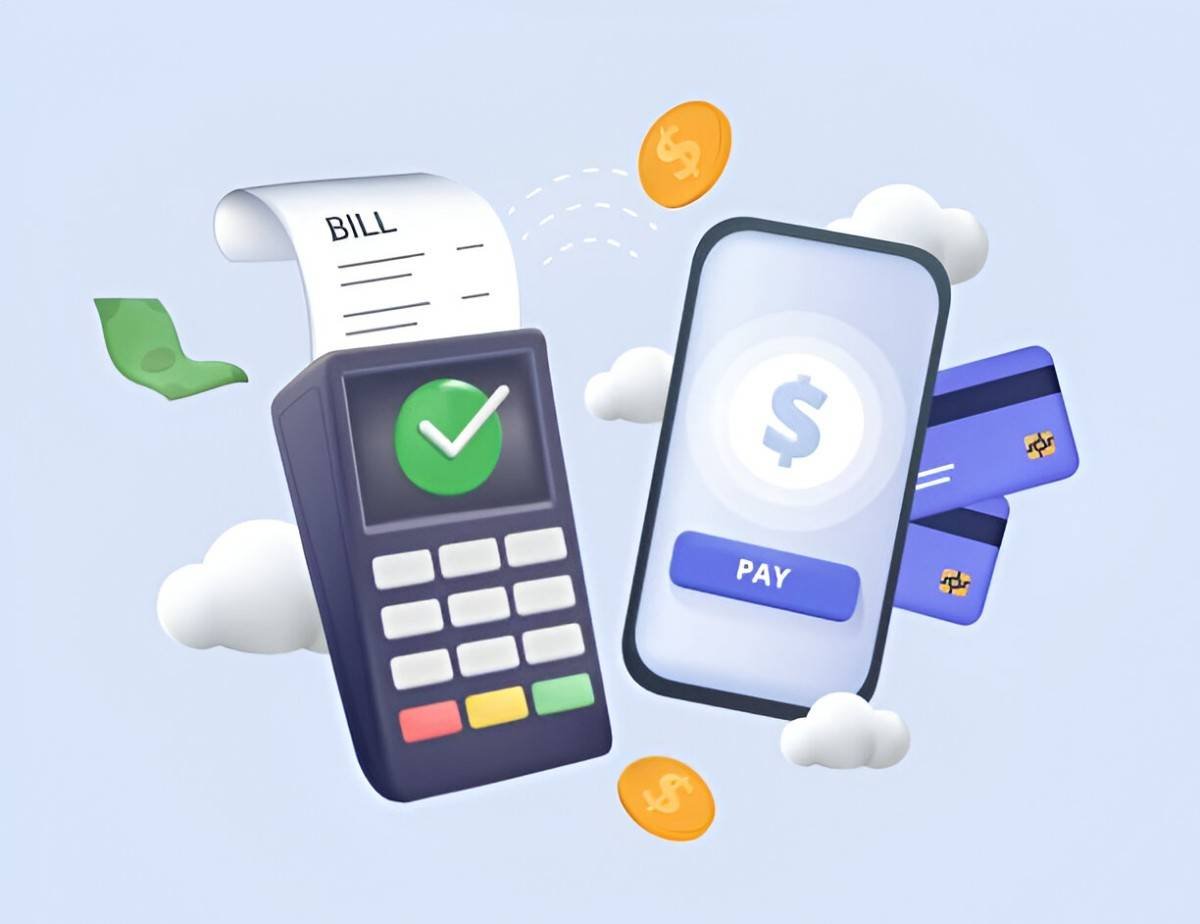Payment processing may seem like a black box to many, but understanding how transactions flow—especially the concept of landing order—can demystify why some payments fail, why fees vary, and how businesses optimize their financial operations. I’ll break it down step by step, using plain language, real-world examples, and even some math to clarify the mechanics behind the scenes.
Table of Contents
What Is Landing Order?
Landing order refers to the sequence in which a payment processor applies available funds to a transaction. This matters when multiple payment methods (like credit cards, debit cards, or digital wallets) are linked to a single account. The processor “lands” the payment on one method first—if that fails, it moves to the next in line.
Why Does Landing Order Matter?
- Cost Optimization: Some payment methods incur higher fees. Prioritizing cheaper options first saves money.
- Approval Rates: If a primary card often declines, placing a backup method second reduces checkout friction.
- Cash Flow Management: Businesses may prefer debit over credit to avoid delayed settlements.
The Mechanics of Payment Processing
Before diving deeper into landing order, let’s map out how a typical payment flows:
- Authorization Request: The merchant sends a payment request to the processor.
- Routing Decision: The processor checks the landing order rules.
- Funds Verification: The chosen payment method is checked for sufficient funds or credit.
- Settlement: If approved, the transaction moves toward completion.
Here’s a simplified formula representing the approval probability of a transaction:
P_{approval} = P_{method1} + (1 - P_{method1}) \times P_{method2}Where:
- P_{method1} = Probability the first payment method approves.
- P_{method2} = Probability the second method approves if the first fails.
Example Calculation
Suppose:
- Method 1 (Debit Card) has a 95% approval rate.
- Method 2 (Credit Card) has an 85% approval rate.
The combined approval probability is:
P_{approval} = 0.95 + (1 - 0.95) \times 0.85 = 0.9925 \text{ or } 99.25\%This shows how landing order improves approval odds.
Landing Order vs. Payment Routing
While related, landing order and payment routing differ:
| Factor | Landing Order | Payment Routing |
|---|---|---|
| Purpose | Sequence of payment attempts | Path transaction takes through networks |
| Decision Point | Before authorization | During authorization |
| Optimization Goal | Maximize approval, minimize cost | Reduce interchange fees |
How Businesses Configure Landing Order
Most payment processors (like Stripe, PayPal, or Adyen) let businesses customize landing order. Common strategies include:
- Cost-Based Priority: Debit cards (lower fees) first, then credit cards.
- User Preference: Default payment method set by the customer.
- Fallback Logic: Retry failed cards before switching methods.
Example: E-Commerce Checkout
A customer has two cards saved:
- Debit Card (interchange fee: $0.25 + 0.5%)
- Credit Card (interchange fee: $0.10 + 2%)
If the merchant prioritizes the debit card, the fee for a $100 purchase is:
Fee_{debit} = \$0.25 + 0.5\% \times \$100 = \$0.75If the debit card fails and the credit card is used:
Fee_{credit} = \$0.10 + 2\% \times \$100 = \$2.10The landing order just saved $1.35.
Common Pitfalls in Landing Order Setup
- Overlooking Decline Rates: A card with high declines but low fees may cost more in lost sales.
- Ignoring Customer Experience: Too many fallbacks can slow checkout.
- Network Rules: Some card networks mandate routing logic (e.g., Visa’s “honor-all-cards” rule).
The Role of Machine Learning
Advanced processors use ML to dynamically adjust landing order based on:
- Historical approval rates per card.
- Real-time fraud risk scores.
- Customer behavior patterns.
The algorithm might weigh variables like:
Score_{method} = w_1 \times P_{approval} + w_2 \times Fee_{cost} + w_3 \times SpeedWhere w_1, w_2, w_3 are weights assigned by the business.
Regulatory and Compliance Considerations
In the U.S., landing order must comply with:
- Regulation E (for debit transactions).
- Durbin Amendment (caps debit interchange fees for large banks).
- Network-Specific Rules (e.g., Visa’s routing requirements).
Future Trends in Payment Processing
- Real-Time Payments (RTP): Landing order will adapt to instant settlement.
- Blockchain-Based Systems: Smart contracts could automate fallback logic.
- Biometric Authentication: May reduce declines, altering landing order dynamics.
Key Takeaways
- Landing order optimizes costs and approval rates.
- Math helps model its impact (e.g., approval probability, fee savings).
- Businesses must balance cost, compliance, and customer experience.
Understanding these mechanics puts you ahead—whether you’re a merchant, developer, or just curious about how payments work behind the scenes.





